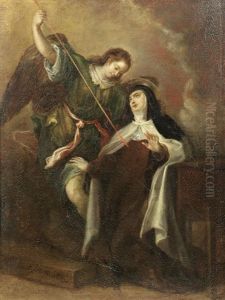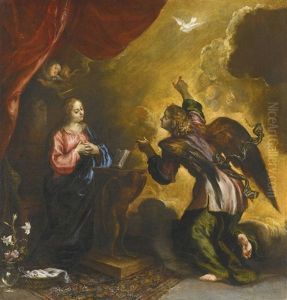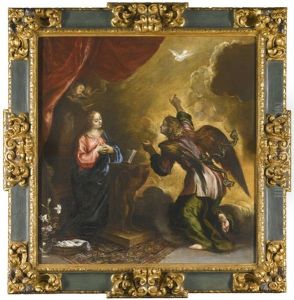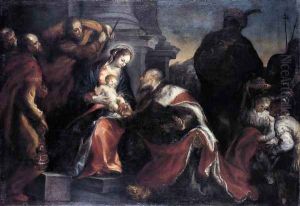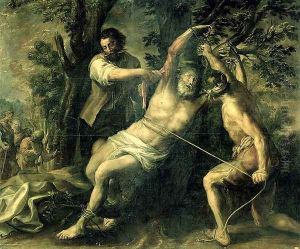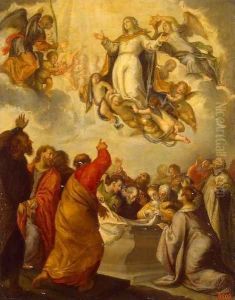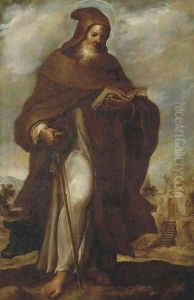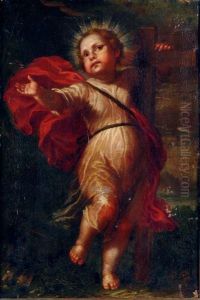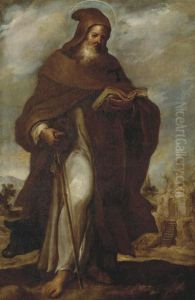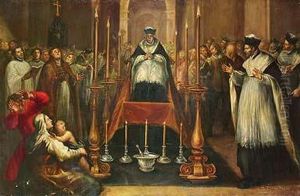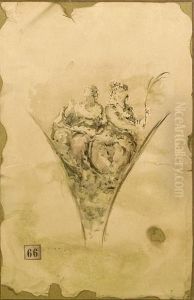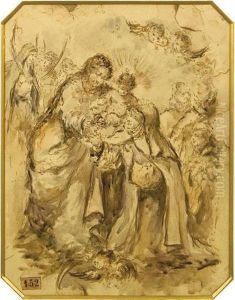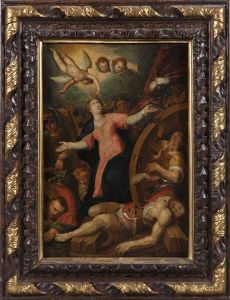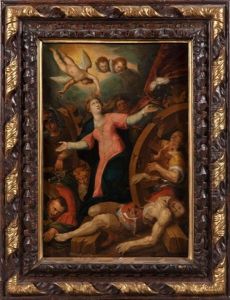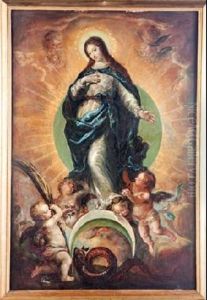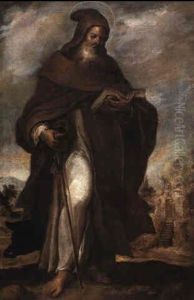Francisco Camilo Paintings
Francisco Camilo was a Spanish Baroque painter, born in 1615 in Madrid, Spain. He was active during a period that is often considered the Golden Age of Spanish art, which coincided with the reigns of Philip III, Philip IV, and Charles II. Camilo was one of the many artists of the time who contributed to the flourishing of the arts in Spain, alongside other notable figures such as Diego Velázquez and Francisco de Zurbarán.
Camilo trained under the tutelage of Pedro de las Cuevas and was later influenced by the works of Titian, Rubens, and his contemporary Velázquez. His style is characterized by a strong use of color, dynamic composition, and a particular attention to detail, which was typical of the Baroque period.
Throughout his career, Francisco Camilo worked on numerous religious commissions, which were the primary source of artistic work during his time. His paintings often adorned the walls of churches and convents throughout Madrid. Among his well-known works are the altarpieces he created for the churches of St. John the Baptist in Talavera de la Reina and the Convent of San Plácido in Madrid.
Despite the religious nature of most of his work, Camilo also painted mythological scenes and portraits, although these were less common. His ability to convey deep emotion and to capture the spiritual intensity in religious scenes made him a sought-after artist for ecclesiastical patrons.
Camilo's legacy has been somewhat overshadowed by his more famous contemporaries, and as a result, his work is not as widely recognized outside of Spain. However, within Spanish art history, he is acknowledged for his contributions and his works are preserved in various Spanish museums and churches, serving as a testament to the vibrant artistic culture of the Spanish Golden Age.
Francisco Camilo died in 1673 in Madrid, leaving behind a body of work that continues to be studied and admired for its artistic merit and historical significance within the context of Spanish Baroque art.
